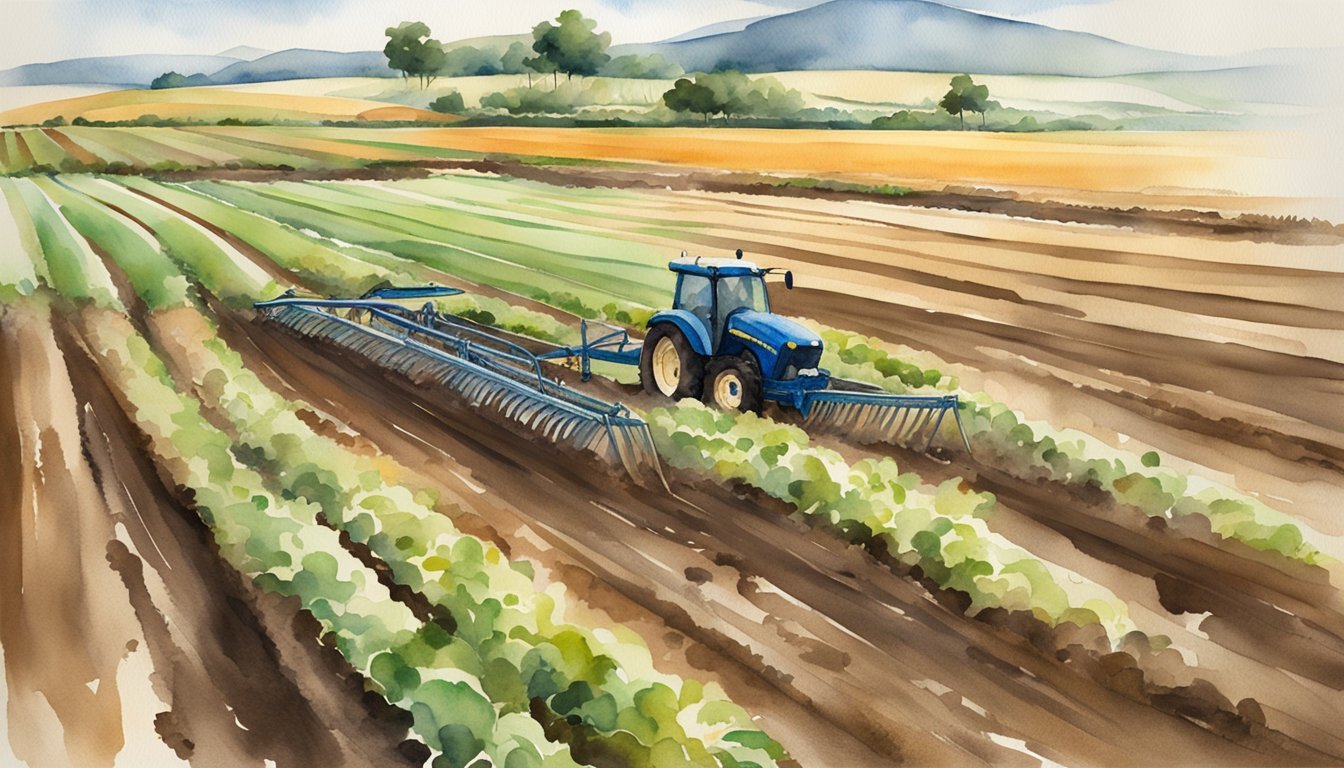The Evolution of the Steel Plow
The development of the steel plow marks a significant milestone in agricultural history, fundamentally changing farming practices, particularly in the rich soils of the American Midwest. Its evolution showcases a story of innovation, practical problem-solving, and the transformative impact of durable materials in farming equipment.
Innovation and Invention
The concept of a steel plow emerged from the need for a more effective tool to cope with the challenging prairie soil that farmers encountered in the Midwest. Unlike the earlier wood or iron plows that were prone to sticking and required frequent cleaning, a plow with a steel blade presented a revolutionary solution. The first steel plows were rudimentary but set the stage for rapid advancements in agricultural technology.
John Deere’s Contribution
John Deere, a Vermont blacksmith, significantly impacted this agricultural evolution in 1837. Moving to Grand Detour, Illinois, Deere utilized his skills to create a highly efficient, self-scouring plow. This invention was capable of cutting through the heavy Midwest soil without the soil sticking to it. Deere’s contribution is often highlighted as a cornerstone in modern-day farming, showing the profound effect an inventor can have on an industry.
Steel’s Impact on Farming
The invention of the steel plow by John Deere marked a transition from iron to steel in agriculture, introducing a material that was both stronger and lighter. Steel, with its durability and resistance to soil adhesion, increased the efficiency of plowing, enabling farmers to prepare more land for cultivation with less effort. This breakthrough contributed to the broader spread of agriculture across the American Midwest, setting a precedent for future innovations in farming equipment. The steel plow not only enhanced productivity but also played a role in the patent system, with John Deere securing his own patents to protect his innovations.
Agricultural Advancements and Socioeconomic Effects

The advent of the steel plow was a catalyst in transforming agriculture and the social fabric of the United States. Its role in increasing farm productivity and shaping the nation’s socioeconomic landscape cannot be overstated.
Proliferation of Steel Plows
The introduction of the steel-tipped plow by John Deere represented a significant technological advancement over previous wooden or iron models. Its efficiency made it a valuable tool for farmers, leading to its widespread adoption across agricultural communities. This new plow, with its steel moldboard, simplified the turning of heavy Midwestern soils, greatly reducing labor and time.
Role in Expanding the Midwest Frontier
The Midwest frontier, with its challenging prairie terrain, was untamed until the steel plow. Settlers once struggled to cultivate the land with inferior tools, but Deere’s invention, crafted from a broken steel sawmill blade, proved adept at cutting through the tough sod. Its effectiveness and durability supported the expansion of the Midwest, transforming it into one of the United States’ most prolific agricultural regions.
Influence on Modern Agriculture
John Deere’s innovation laid the groundwork for modern agricultural technology, influencing the development of advanced machinery such as tractors and modern plowing techniques. Deere & Company, founded in Moline, continued to pioneer farm machinery, shaping the business of agriculture. Modern farming owes much to these historical advancements, perpetuating efficiency gains for today’s farmers.
The steel plow’s journey from a simple concept to an artifact housed in the National Museum of American History reflects its enduring significance to the American story.

